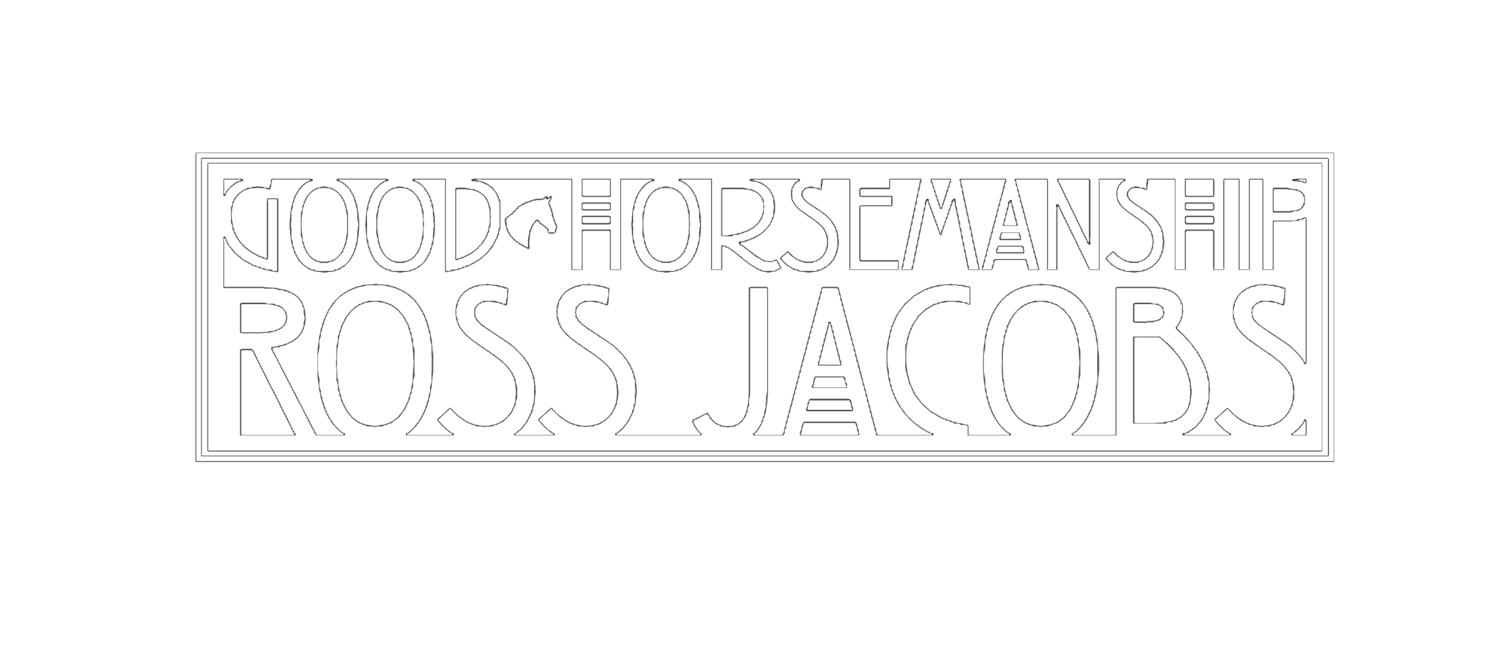Why do we apply pressure from our legs to encourage a horse to go forward? Why don’t we use some other aid? Why don’t we tap a horse on the wither or pull on its mane to signal forward or more forward? Who came up with the method to squeeze, bump, or kick with our legs? Why is applying leg pressure a universally accepted way of riding in any country, on any horse, and in any culture or discipline?
Did horses teach us that using leg pressure is a method that helps them understand how to move forward? Or did we teach horses that they should move forward when we apply pressure with our legs?
I use leg pressure as an example. But these same questions could be asked of any method we use to work with horses.
Every method only exists because it worked for some person, at some time on some horse. In order to exist, a method does not have to work for every horse and every trainer every time.
In my career, I have worked with a lot of horses. I don’t know the number, but at a guess it might be around 3,000. Maybe more. Maybe less. But it is a lot. Yet, I don’t believe I have met a single horse that I could apply a method strictly as it had been taught to me, or explained to me, and expect brilliant results. I can’t recall a single occasion where, in order to get the best from a horse, I had not needed to at least make adjustments to a method or even discard it entirely.
The horse world is overflowing with information regarding how to train a horse, how to treat a soreness or medical condition, what to feed a horse, how to look after their feet and teeth, what is the best gear to use and how to fit it, how to influence behaviour, etc.. But despite the abundance of information and knowledge, my experience is that none of it is 100% correct. A lot of the information is good and valuable, but none is flawless, and none should be taken as gospel.
The true value in learning a method is not in learning what to do. The true value is in learning the principle that a method is based on. It is more important to understand why we should do something and why we should not do something else.
We should prioritise understanding “why” before worrying about understanding “how”.
However, this is not how learning works for most of us. When we first begin learning about horses, we learn how to do stuff. We learn how to halter, lead, mount, go, turn, and stop. We learn “how”. It is not until we gain considerable experience that we start thinking about “why” we do the things we do and in the way we do them. Even though comprehending “why” is more important to good horsemanship, by necessity, we start with learning “how”.
I’m sure many of you will have heard a trainer credit horses with teaching them most of what they know about horse training. There is some truth to that, but I feel it is not strictly true.
I say that because of the point of this post.
Horses cannot tell a person what they should do to achieve a certain response. For example, a horse cannot tell a rider they need to pull on the left rein if they want their horse to turn left. A rider can only pull on the right rein, and the horse tells them, “Nope. Wrong method.” Then the rider pulls on both reins, and the horse says, “Nope. That didn’t work.” Finally, the rider pulls on the left rein and the horse says, “Okay. That’ll work.” So now the rider has learned how to turn their horse to the left by the horse explaining what they shouldn’t do.
But imagine when the rider pulls on the right rein, the horse turns left. Then, when the rider pulls on both reins, the horse turns left again. Then, when the rider applies the left rein, the horse turns left. What method does the rider now use to turn left? The horse turned left in response to every method. It is only by the horse offering the wrong response that we learn what methods to use and what not to use.
While a horse cannot tell me what I should do, it can let me know when I get it right or wrong. The choice of method is my idea, not my horse’s. It may be a well-educated guess, but I am still just guessing because my horse did not whisper in my ear the method I should use. Furthermore, even if the method worked on my horse today, it may not work for my friend’s horse tomorrow. My friend’s horse tomorrow may give me a different response, requiring a different method based on the same principle.
This is why so much of my teaching emphasizes the importance of understanding the principles that methods stand on. If a rider understands the principles, when their horse says that their method is not working, the rider can alter their method while keeping the principles intact.
Methods come and go, and are our understanding of a method is far less important than our understanding of the principles that underlie it. The more we understand the principles of our training, the more effectively we can apply our methods.
At a clinic, Barney was teaching me that my method for asking him forward was wrong and needed some adjustment.

